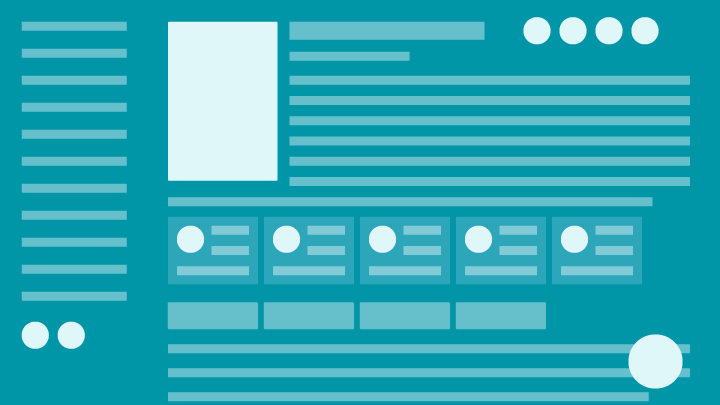Apps best suited for TV offer immersive entertainment experiences. Apps that provide learning, playing, communicating, and content consumption are good examples, but this isn’t a comprehensive list.
TV apps should:
- Involve easy setup
- Use limited screens
- Share social context
- Do a few key things really well
TV apps should not:
- Be text-heavy
- Emphasize administrative tasks


